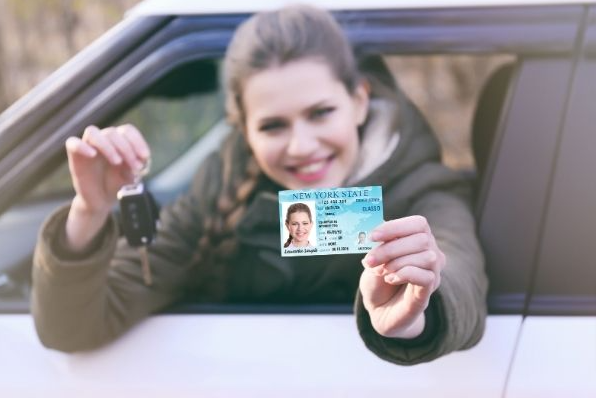A driver’s license is the key to personal mobility and independence in the United States, representing more than just a legal document—it embodies the freedom to traverse the open road. This article delves into the intricate process of obtaining a driver’s license, the types available, and the significance of this small yet powerful card.
Types of Driver’s Licenses
- Learner’s Permit: Aspiring drivers kick off their journey with a learner’s permit. Typically obtained by passing a written exam, the learner’s permit allows individuals to practice driving under the supervision of a licensed adult. It serves as an initial step toward gaining hands-on experience behind the wheel.
- Provisional or Intermediate License: After fulfilling specific requirements, such as age restrictions and practice hours, individuals progress to a provisional or intermediate license. This stage often carries certain restrictions designed to ensure the safety of new drivers, including limitations on nighttime driving and passenger numbers.
- Full, Unrestricted License: Successfully completing the provisional stage grants drivers the coveted full, unrestricted license. At this point, individuals have demonstrated their ability to navigate roads safely and adhere to traffic laws.
The Licensing Process
- Written Exam: The journey to a driver’s license commences with a written exam. This test assesses the aspiring driver’s knowledge of traffic laws, road signs, and safe driving practices.
- Driver’s Education: Many states mandate completing a driver’s education course, combining classroom instruction and practical driving lessons. This comprehensive training equips new drivers with the knowledge and skills needed to navigate the complexities of the road.
- Practice Hours: Learner’s permit holders are often required to accumulate a set number of practice hours, driving under the supervision of a licensed adult. This hands-on experience is crucial for honing driving skills and building confidence.
- Road Test: The ultimate test of driving proficiency is the road test. Conducted by a certified examiner, this practical examination evaluates the aspiring driver’s ability to handle various driving scenarios, from parking to navigating intersections.
Maintaining a Driver’s License
- Renewal: Driver’s licenses are not perpetual. If you are wondering ‘can I get arrested for driving without a license’, you should know that it is a crime that police take seriously. Licenses come with an expiration date, and individuals must renew their licenses within the specified timeframe. Renewal requirements may include updated identification documents, a vision test, and, in some cases, re-taking the written exam.
- Address Changes: Keeping the address on a driver’s license current is essential. Most states require license holders to notify the Department of Motor Vehicles (DMV) of any address changes within a designated period.
- Replacement for Lost or Stolen License: In the event of a lost or stolen license, individuals can request a replacement from the DMV. It’s crucial to report the loss promptly and follow the necessary steps to obtain a duplicate license.
- License Upgrades: As life circumstances change, individuals may need to upgrade their driver’s licenses. This could include transitioning from a learner’s permit to a provisional license or obtaining additional endorsements for specific vehicle types, such as motorcycles or commercial vehicles.
Conclusion
A driver’s license is more than a laminated card; it represents freedom, responsibility, and the ability to explore the vast expanse of the American road network. The journey from a learner’s permit to a full, unrestricted license involves education, practice, and adherence to traffic laws. Whether a teenager embarking on their first drive or a seasoned driver renewing their license, understanding the nuances of the licensing process ensures a safer and more enjoyable experience on the road.















